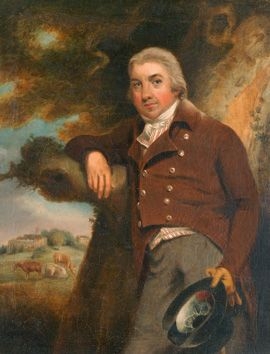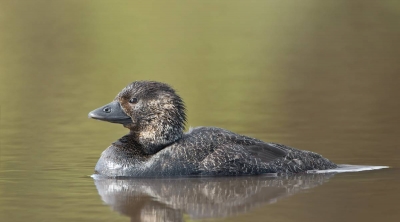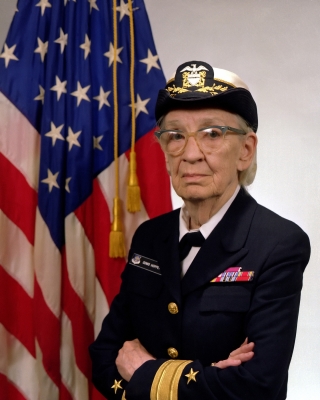Who was Edward Jenner?

Edward Jenner was an English surgeon, who discovered a vaccination for smallpox. It is in fact, the world's first vaccine. Edward Jenner was born in Berkeley, Gloucestershire on 1749. It was a time when on the one side, there were 'surgeons who simply acquired their medical knowledge through apprenticeship and on the other there were academically-trained doctors. Jenner became one of the former types. At the age of 14, he was apprenticed by a local surgeon, where he gained most of the experience needed to become a surgeon himself. On completing his apprenticeship at the age of 21, he went to London and became the house pupil of Dr. John Hunter, at St. George's Hospital. After studying in London from 1770 to 1773, he returned to Berkeley and spent the rest of his career as a doctor in his native town.
Jenner was a lover of Nature from a very young age and he had other interests apart from medicine. Besides practising medicine and spreading medical knowledge, he played the violin, wrote poetry, observed birds and collected fossils.
Famous experiment Smallpox was widespread across Europe at the time and one of the main causes of high death rate. After observing that cowpox infection seemed to protect humans against smallpox, Jenner carried out his now famous experiment on eight-year-old Phipps in May 1796. Jenner inoculated the boy with cowpox pustule from a blister on the hand of an English milkmaid. The boy developed mild symptoms of cowpox, but was not severely affected. On July 1, 1796, Jenner inoculated the boy again, this time with smallpox matter. But the boy did not develop smallpox. Jenner experimented on several other children, including his own 11-month-old son. Jenner subsequently proved that having been inoculated with cowpox Phipps was immune to smallpox. In 1798, Jenner, published a book titled An Inquiry into the Causes and Effects of the Variolae Vaccinae. Jenner coined the word vaccine from the Latin ‘vacca’ for cow.
Unfavourable responselenner’s method of vaccination against smallpox was not received favourably. He was even ridiculed. But with subsequent research by others in the field, Jennars method grew in popularity. The death rate from smallpox plunged due to vaccination. Cowpox served as a natural vaccine until the modern smallpox vaccine emerged in the 19th century. Jenner received worldwide recognition and many honours. He did follow his other passion of fossil collection and horticulture. About 150 years after Jenner's death in 1823, smallpox was totally eradicated.
Picture Credit : Google

